Lack of control over stock rotation

Excess inventory causes unnecessary expiration and shrinkage.
Planning by best before dates (FEFO) ensures correct rotation and reduces losses.

150+ companies trust us


























In the distribution of hot drinks, the variability of demand, seasonal promotions and the wide diversity of formats complicate planning. Maintaining availability without inflating inventory requires visibility, agility and foresight.
The consumption of coffees, teas and infusions increases in winter and during special campaigns, generating fluctuations that are difficult to anticipate.
Static forecasts do not reflect real consumer behavior and cause breakages or excess product.
Replenishment is carried out without taking into account the rotation or capacity of each client or channel.
AI-based forecasting models identify consumption patterns by region and period, automatically adjusting stock and replenishment to seasonal peaks.
The system updates forecasts in real time with external signals (temperature, promotions, holidays), reducing deviations and emergencies.
Predictive planning connects forecasts with sell-out, prioritizing replenishments according to turnover and margin per customer.

Stock is managed independently by location, generating duplications or urgent transfers.
Products with lower output take up space and reduce operational profitability.
Reducing inventory compromises availability, while keeping it high affects margins.
Multi-warehouse integration centralizes information and optimizes automatic redistribution according to local coverage and demand.
ABC-XYZ segmentation and predictive rotation adjust stock levels by category, reducing tied up capital and shrink.
The optimization algorithms determine the balance point between service, rotation and cost, guaranteeing availability at the lowest possible cost.

Purchasing, logistics and demand work in silos, generating duplicate or poorly scheduled orders.
Express deliveries and partial loads increase logistics costs.
There is no complete visibility into order status or fulfillment.
Integrated planning connects demand, supply and transportation under a single calendar, improving coherence and reducing cost overruns.
The system groups orders and optimizes routes according to priority and location, reducing kilometers traveled and emissions.
The integration with TMS and ERP allows real-time tracking of each order, from origin to delivery, guaranteeing traceability and OTIF compliance.

Distributors rely on historical orders with no connection to the final sale.
The difference between what is planned and what is ordered generates breakages or overstock.
Without consolidated information, replenishments are not prioritized correctly.
Predictive planning converts sell-out into net demand, improving the alignment between replenishment and actual consumption.
The system detects deviations between forecast and orders, automatically adjusting replenishment based on current demand.
The collaborative forecast with key clients allows planning based on real consumption data, improving service and reducing emergencies.


Excess inventory causes unnecessary expiration and shrinkage.
Planning by best before dates (FEFO) ensures correct rotation and reduces losses.

The different channels (retail, horeca, vending) operate with independent forecasts.
The consolidation of multi-channel demand aligns forecasts and optimizes replacement by customer type.

Lack of anticipation generates partial or off-route shipments.
Predictive planning prioritizes deliveries and consolidates loads, reducing last-minute shipments and associated costs.
Key indicators that offer a clear vision of the strategic weight that this industry has in the current and future global economy.

Data obtained from Statista*
Connect demand, procurement, and production through a modular cloud platform, designed to adapt to the unique needs of every industry.
Integration with all ERPs


100% Cloud, ISO 27001 Certification
Customer reviews
Measurable results
Ecosystem tailored to your needs


Quick implementation
Start with our demand module, the tool that allows you to calculate how much you will sell.
Add the features that suit your business. Scale at your own pace and expand when you need to, with our plugins.
Once you've added the features you need, get your price with our calculator. And if you have any questions, we'll sort them out for you.

"The Imperia tool has given us a global vision of all our references organized into production lines and average sales coverage days, in order to better plan and forecast our operations." J. Alberto Iniesta, Head of Logistics at Laboratorios Almond
Implementing the software with Imperia is a quick and straightforward process, starting with the integration of the demand module, and can be complemented with 2 new phases. Incorporating the purchasing module and the production module.
A process with full support from our team, with personalised training and consultancy.
Increase the accuracy of your predictions, bringing the expected demand closer to reality.
Increases the rotation of stored products, reducing costs and obsolescence.
Improve the number of orders delivered in full and within the established period.
Fine-tune your product classification based on what matters most to your business.
Increases efficiency by minimizing downtime and optimizing transitions between production steps.
Fine-tune daily demand distribution with heuristics tailored to real monthly behaviour.
Activate the BIAS indicator to detect overestimations or underestimations of actual demand values.
Optimize forecasting at more aggregated levels by grouping sales historical data taking advantage of a larger dataset.
Provides the ability to visualize the commercial budget within the tool for analyzing fulfillment at different granular levels.
Optimize your overseas purchase orders by arranging them in containers based on dimensions and weight restrictions, maximizing efficiency for your orders to international vendors.
Add more flexibility to your planning by expanding the grouping hierarchy to seven levels for deeper and more relevant analysis.
Customize your S&OP cycle by creating and editing tasks and meetings that fit your operations.
Activate the DFA indicator to detect to detect forecast deviations, indicating the level of accuracy in predicting actual demand.
Report that allows identifying references within the portfolio that continue to have sales despite being discontinued.
Expand the available product attributes selection to a maximum of 20.
Lengthen the planning horizon to analyze your demand beyond 12 months.
Display your yearly budget in the system and monitor performance across different analysis levels.
Enables the user to specify a total sales figure for a given time frame and automatically distributes it.
Assign forecast modifications to predefined concepts for effective tracking of events that impact demand.
Integration service that facilitates the connection from the customer's system to SCP through a user-friendly interface.
Automatically plan the company's production, defining which products to manufacture, in what quantity, and when, to ensure deliveries are made within the established deadlines.
Manage material requirements to meet the forecasted demand, calculating the necessary coverage to avoid excess stock and shortages. Based on this, automatically generate a purchase order plan, taking into account lead times and supplier order constraints.
The plugin ensures that your procurement planning meets the minimum order requirements set by your suppliers, whether by quantity or value.
Assign multiple suppliers to a material, and SCP will select the most appropriate one based on its procurement criteria.
Manage inventory levels across multiple supply chain stages and monitor transfers and orders to ensure optimal availability and reduced costs throughout the network.
Load pending orders to visualize them alongside your demand forecast and use them to plan procurement and production accordingly.
Configure the demand distribution for new product launches, with the ability to replicate the launch of another product or market entry.
Optimizes inventory management by considering expiration dates, adjusting purchases, and simulating stock flow based on product lifespan.
Factor in the sales history of discontinued items to improve demand forecasts for the products that replace or cannibalize them.
Sequence production orders by considering line availability, performance as well as setup and changeover times to optimize the production plan and meet deadlines. Detect bottlenecks and adapt the plan to changing needs in a convenient Gantt chart.
Enhance your planning by accounting for raw materials that yield multiple products, semi-finished goods, or bulk outputs.
Specify non-working days or days without sales dispatch to exclude them from the demand forecast.
Manage sales contracts by monitoring their monthly fulfillment to adjust planning accordingly.
Weighted deviation report based on the sales volume of each product with respect to the total portfolio.
Define accurate selling prices for demand forecasting. You can configure them at different levels of detail for specific date ranges.
Automatically detect outliers in the historical sales of a product that may have been caused by promotions and suggest the impact of future events indicated by the user.
Calculate demand forecasts by considering both sell-in to distributors or retailers and their sell-out to final customers. You can configure distributors' procurement parameters, including coverage, frequency, lead time, refill quantity, and even sales growth percentages.
Estimate the first availability date for the products belonging to each customer order.
Enables daily tracking of stock levels and facilitates analysis through alerts and detailed reports.
Monitor supplier contracts, providing alerts and key performance indicators.
Measure supplier performance and delivery reliability with a clear, configurable OTIF metric.
Specify non-working days of each supplier to take them into consideration in the procurement plan.
Enables the unit of measure conversion for each product to facilitate a cross-functional assessment of quantities.
Refine the short-term forecast by focusing on the most recent weeks and limiting further impact within a determined horizon.
Enhance the analysis of demand forecast results and facilitate decision-making with strategic indicators such as YTD (Year-to-Date), YTG (Year-to-Go), and year-over-year comparison metrics.
Total Price:
€850,00

Schedule a meeting with our Supply Chain experts and discover the features that will make your supply chain a complete success.
Data controller: Imperia SCM Consulting, Ltd.
Purpose of processing: Manage your demo request and share information about our services.
Legitimacy: Consent granted by submitting the request form.
Recipients: There is no provision for communication to third parties, unless legally required.
Rights: Access, rectify and delete your data, as well as other rights explained in the Privacy Policy.































